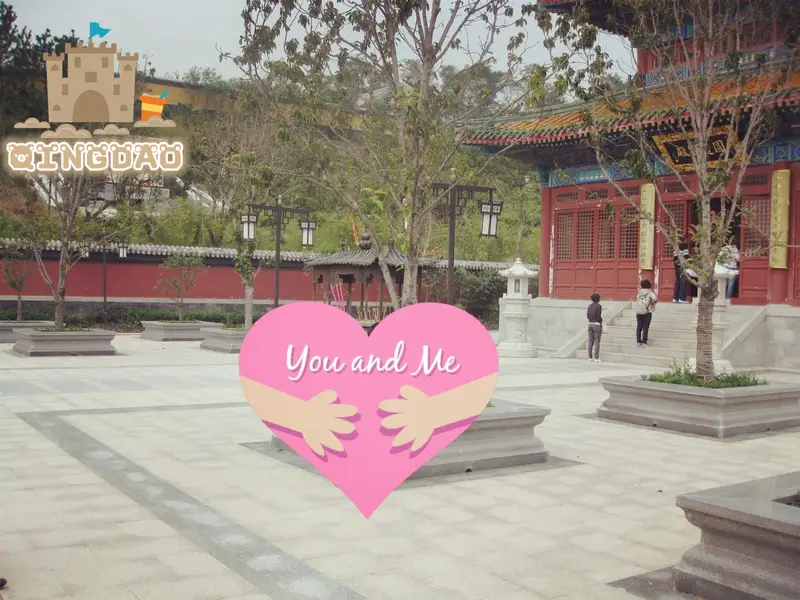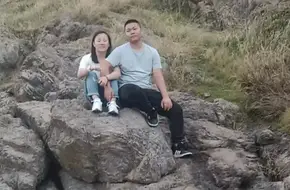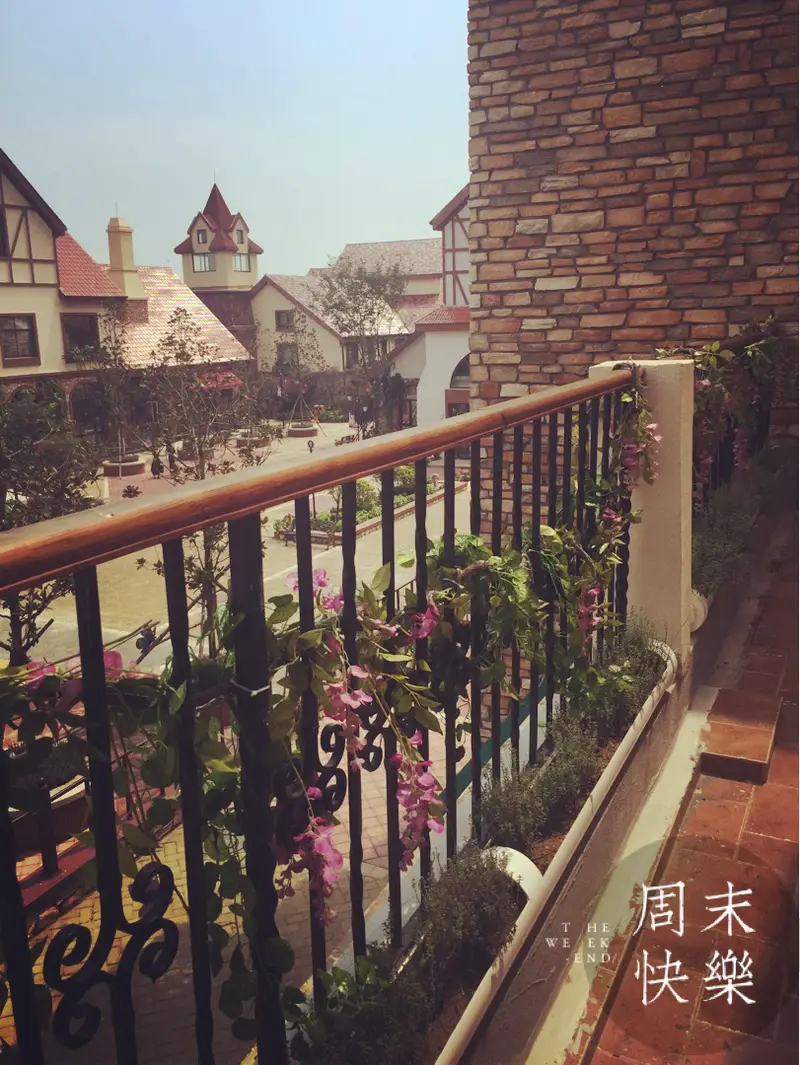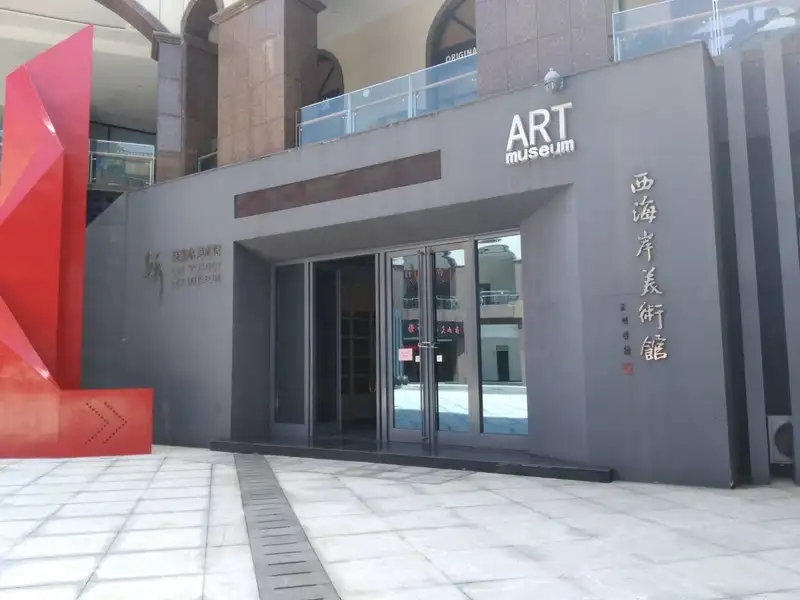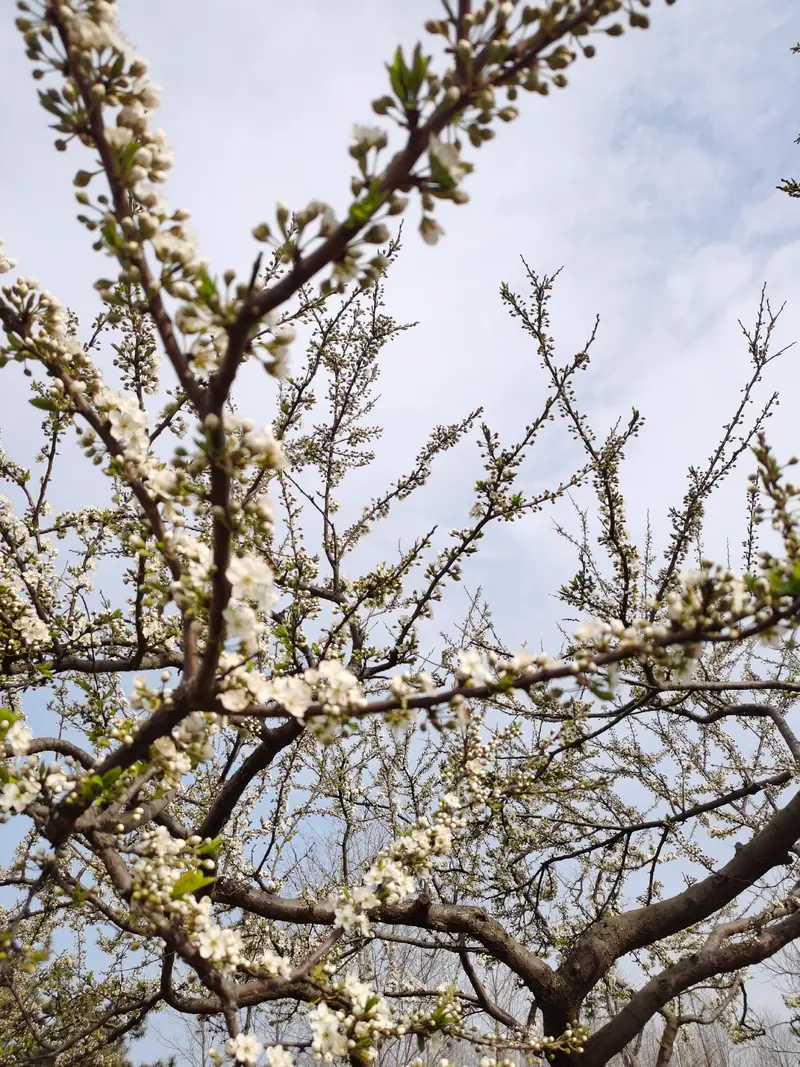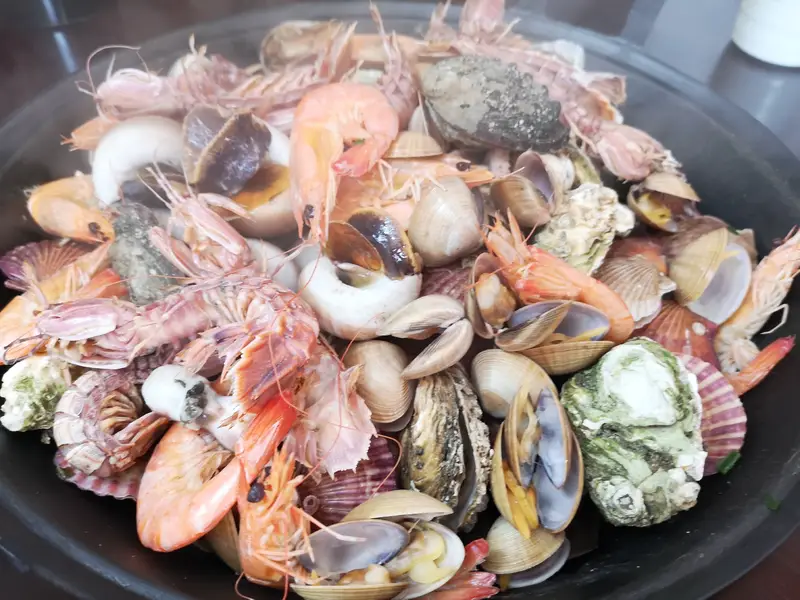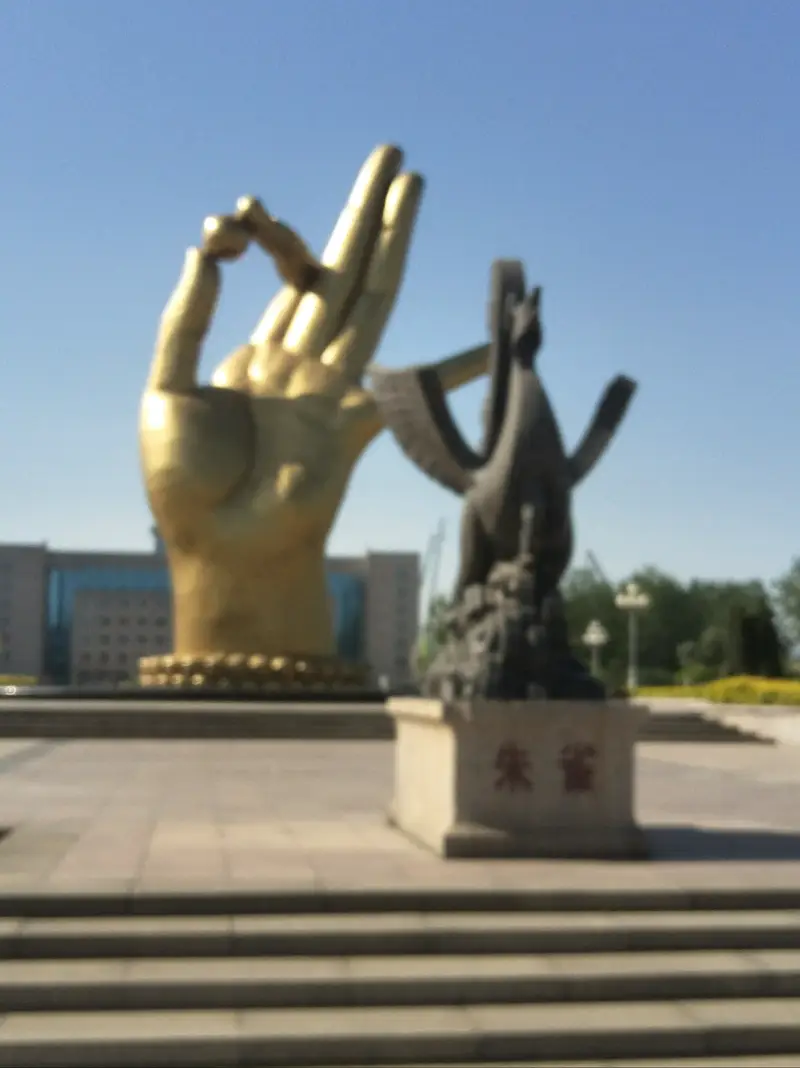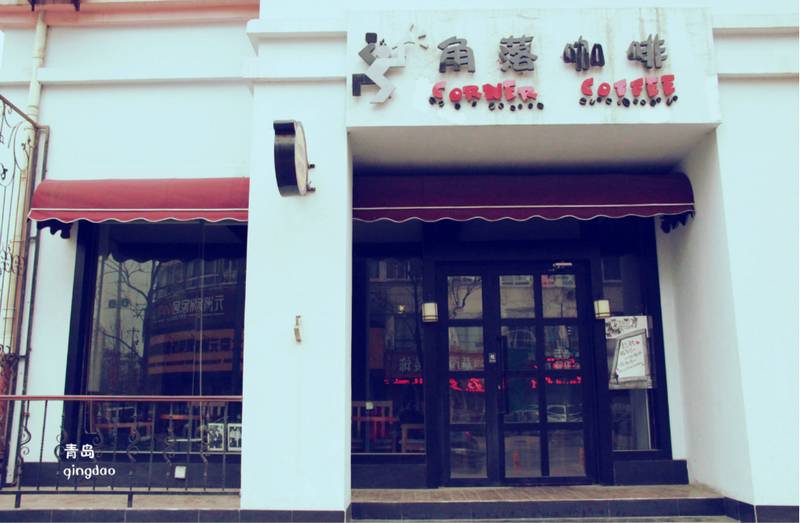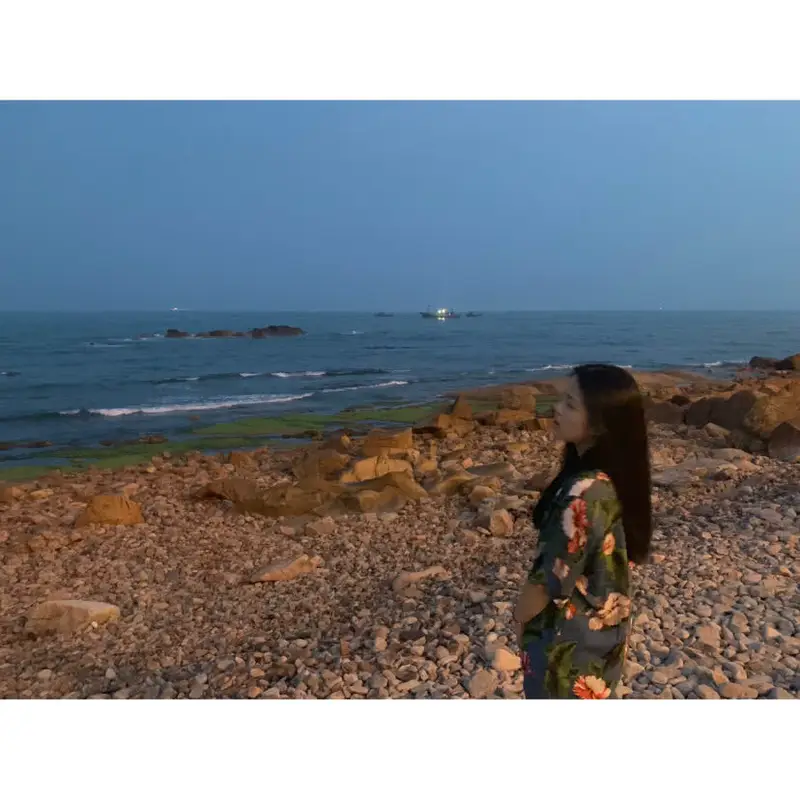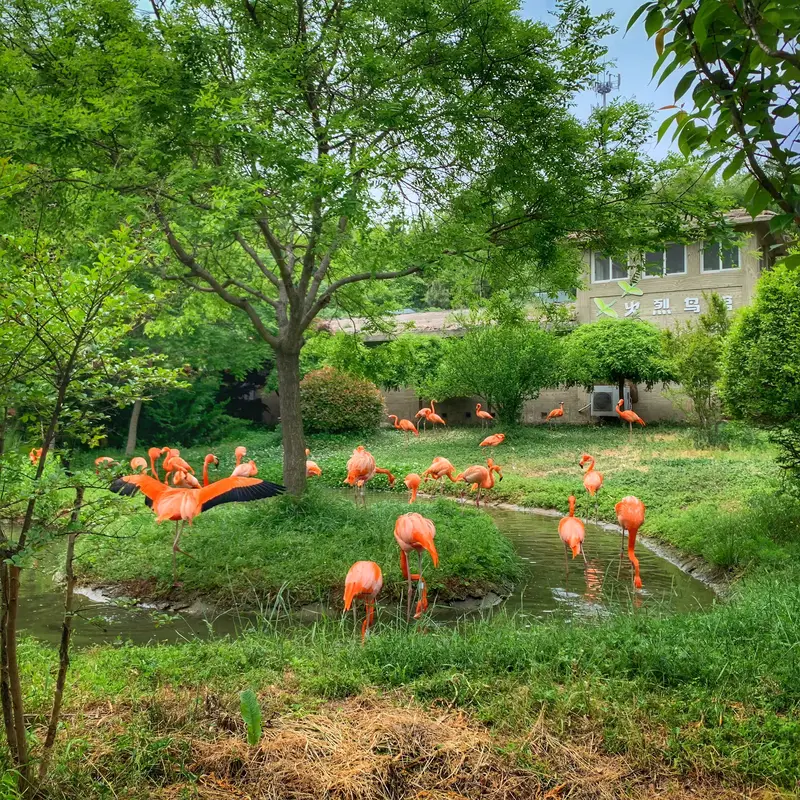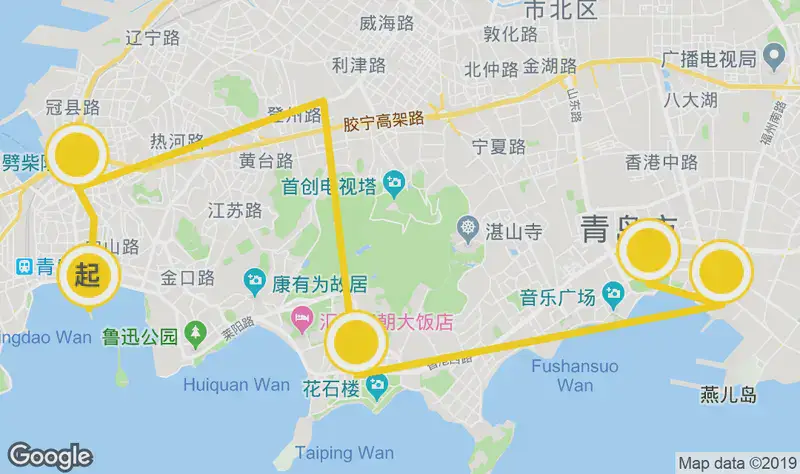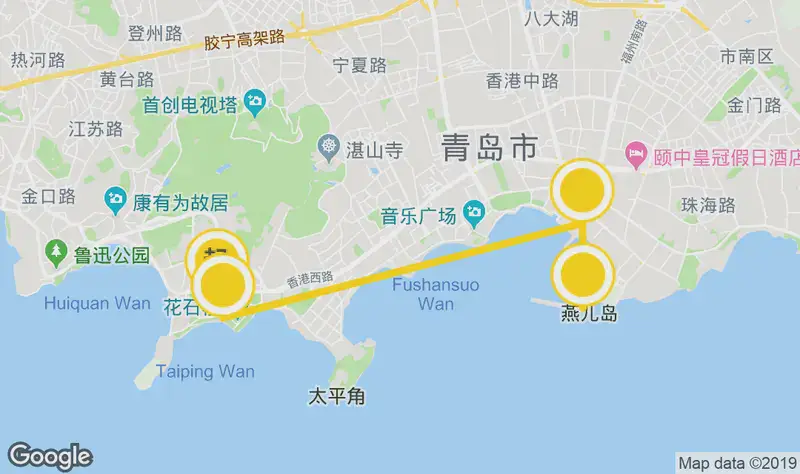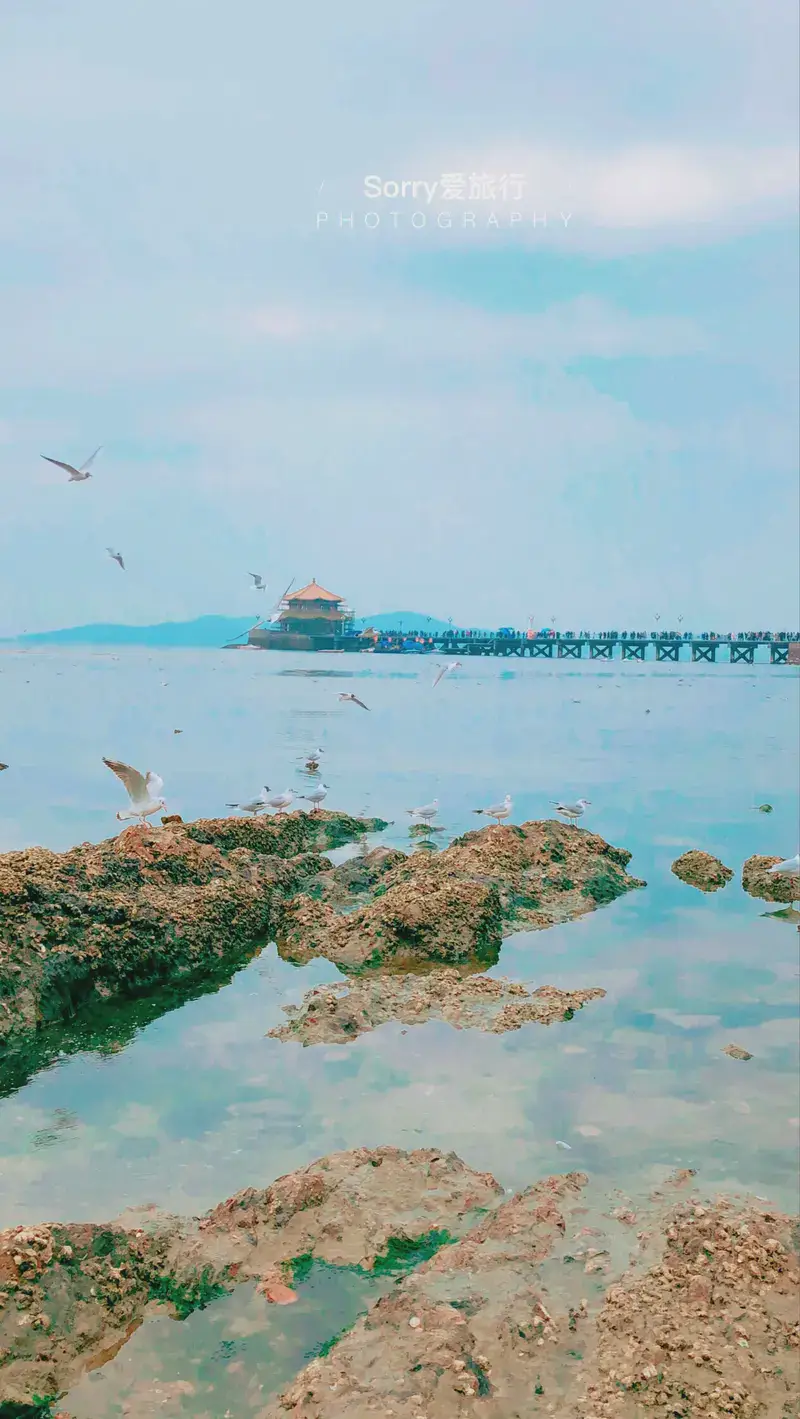Lingzhu Mountain Bodhi Temple, formerly known as Baiyun Temple, sits nestled in the lush Zhushan National Forest Park of Huangdao District, Qingdao. It’s tucked between the northern foot of Xiaozhu Mountain and the southern slope of Daan Mountain, offering stunning views of the Yellow Sea. To reach this serene spot, you can take the Qingdao Metro Line 1 to Huangdao Liqing Station, then transfer to bus L6 toward Lingzhu Street. The temple is a 15-minute walk from the bus stop, or you can hail a taxi for direct access. If driving, use “Lingzhu Mountain Bodhi Temple” as your navigation destination—there’s ample parking near the entrance.
Natural Scenery: A Cloud-Draped Haven
What makes Lingzhu Mountain Bodhi Temple truly special is its breathtaking setting. Perched on a hilltop, the temple often looks like it’s floating amid mist and clouds, especially in the early morning. The surrounding forest is dense with ancient pines and cypresses, and a short hike down the mountain reveals panoramic sea views where the sky meets the water. On clear days, you can even spot ships sailing along the coastline. Don’t miss the sunrise from the temple’s courtyard—it’s a magical moment when the first light glows over the ocean, turning the sky pink and gold.
Cultural Highlights: A Spiritual Journey
Originally built as Baiyun Temple, this Buddhist sanctuary has grown into North China’s largest temple, sprawling across 80 acres. The main halls, including the Mahavira Hall, Guanyin Hall, and Sutra Library, are masterpieces of traditional Chinese architecture. My favorite spot is the Bell and Drum Towers—climb up and listen to the melodic chimes that echo through the valley. The Sarira Stupa (holy relic tower) is another must-see, where visitors light incense and offer prayers. Fun fact: The temple’s name, “Bodhi,” means “enlightenment” in Sanskrit, reflecting its focus on Buddha’s teachings.
Practical Tips: What to Expect
Lingzhu Mountain Bodhi Temple is visitor-friendly, with clear signage in English and Chinese. The grounds are wheelchair accessible, though some areas involve stairs. For a quieter experience, visit early in the morning or late afternoon, when tour groups thin out. The temple complex includes a small teahouse serving local green tea and snacks, though options are limited. If you’re hungry, head to Lingzhu Street nearby for seafood noodles or dumplings.
Exploring Beyond the Temple
After visiting Lingzhu Mountain Bodhi Temple, take a short trek to explore Zhushan National Forest Park. Trails wind through lush forests and wildflower meadows, with occasional glimpses of deer. For history buffs, the nearby Qingdao Ancient Town (40 minutes away) offers cobblestone streets and colonial-era buildings. If time allows, combine your trip with a visit to Gold Sand Beach in Huangdao—perfect for sunset walks post-temple visit.
Insider’s Advice
- Wear comfy shoes: The temple’s elevated location means lots of steps, but the views are worth it!
- Respect etiquette: Dress modestly (cover shoulders and knees) and avoid loud conversations in prayer areas.
- Capture the moment: The lotus pond near the entrance blooms in summer, making for Instagram-worthy shots.
Lingzhu Mountain Bodhi Temple isn’t just a tourist spot—it’s a peaceful escape where nature, culture, and spirituality blend seamlessly. Whether you’re a Buddhist, a photography enthusiast, or someone seeking tranquility, this hidden gem in Qingdao promises a memorable day trip.


